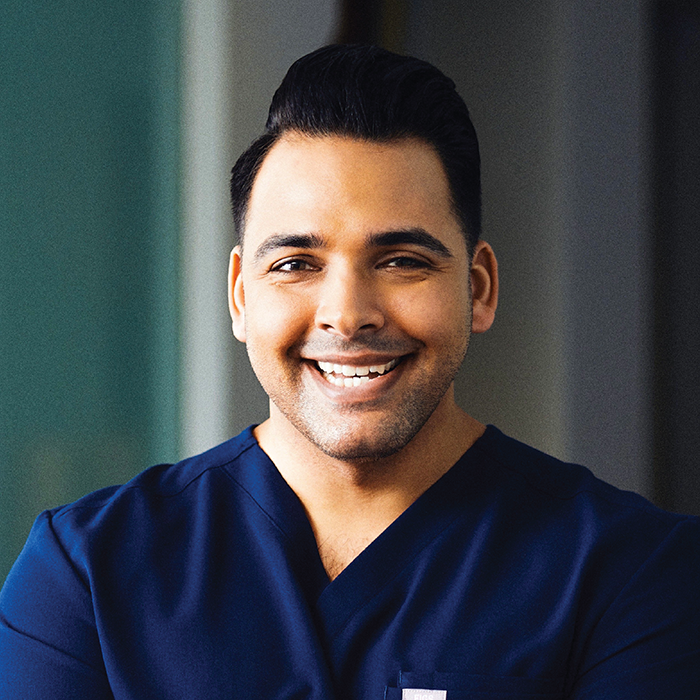
What does the future of ophthalmology, and refractive and cataract surgery, look like?
It is a simple question but one that is difficult to answer with certainty. Understanding and keeping on top of trends within ophthalmology is important for ensuring that patients receive the best possible care. However, one cannot truly know what the future holds. Our field is one that evolves rapidly, and often in unforeseen ways. Companies or technologies can emerge that seem to hold promise or seem poised to revolutionize ophthalmic care, but later they end up not working out. For example, maybe the results don’t pan out clinically or there are issues with the companies on the back-end with financing or market uptake. Thus, making predictions about the future of ophthalmology with any level of certainty is difficult. However, there are a lot of exciting developments taking place that may give an indication of where our future is headed.
I personally find one of the most exciting aspects of innovation in ophthalmology to be technological advancement. New intraocular lenses (IOLs) are released on an almost annual basis, and every few years, there are developments in laser technology. Additionally, we are seeing amazing advancements in gene therapeutics, sustained drug delivery, and cell therapy across all subspecialties of ophthalmology. As a refractive surgeon, I have my eye on a few developments, particularly lenticular addition and subtraction, refractive indexing, and phakic IOLs. I also feel that we are accelerating towards next-generation IOL technology in the form of modular IOLs, accommodating IOLs, and post-operative adjustable IOLs. I predict that we will see technology that mimics the natural human crystalline lens or that is superior to it, within the next few decades.
Adapting while advancing
Our field is anything but static, which is why I firmly believe that in order to predict the future, one must constantly be studying industry, the latest peer-reviewed literature, and the latest technology, as well as espousing a mindset of adaptation. If you truly enjoy what you do, putting in time to study the context of and refine your craft outside of your normal work hours should feel natural. The ophthalmologist who remains curious and a life-long learner will not be caught off guard by where the field is headed next. My attention is laser-focused on refractive and cataract surgery, so when I see developments in this space, I pay attention and try to stay informed and abreast of where things are headed. Being primed on current developments allows one to gauge their personal interest in any burgeoning advancement and to appropriately decide where to commit their time. Interest in a certain area will allow for more informed and targeted conversation with industry, may lead to the ability to participate in clinical trials, may lead to investing opportunities, and at the very least – will lead to more knowledge, which will make one more perspicacious when it comes to patient care. Patients often ask if there is a better medication or technology that is coming down the pipeline that may serve them better – the ophthalmologist who understands where the future is headed will be able to confidently make the appropriate recommendation.
Shape while being shaped
Although it is impossible to know for sure what the future holds, it is important to remember that we are the ones currently practicing ophthalmology in this era, so it is our duty to contribute to our field and to the generations of patients that will benefit as a result of our careers and lifetimes. My current personal interests are studying how to potentially reverse cataractogenesis, next-generation IOLs, and laser vision correction. I encourage all of my colleagues to see how they can give back to ophthalmology and medicine at large. If you find something interesting, look to see if there is an opportunity (or create one) for collaboration with others with similar interests in research, education, clinical practice, or innovation. The future will not invent itself – we are the ones that must work to actively shape what we hope to see in the future of ophthalmology.
